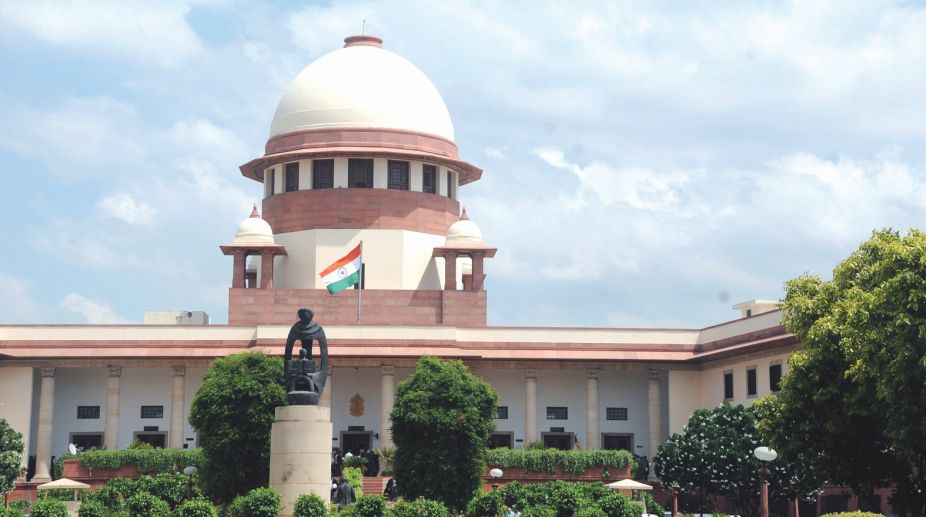India’s Got Latent: SC issues notice on YouTuber Ashish Chanchlani’s plea against FIRs
SC issues notice on YouTuber Ashish Chanchlani’s plea to quash or transfer FIR in India’s Got Latent case; tagged with Ranveer Allahabadia’s petition.
The plea states: “A total of 20,377 cases of fire accidents were reported in India in 2014, in which 19,513 died and 1,889 were injured.

Supreme Court (Photo: IANS)
The Supreme Court on Wednesday sought a response from all state governments on a PIL alleging a flagrant violation of fire safety norms specified in the National Building Code, 2016, by builders, thus endangering the lives of people who purchased houses in residential complexes.
A bench of Chief Justice Dipak Misra, Justice A.M. Khanwilkar and Justice D.Y. Chandrachud issued a notice to all the states and Union Territories after the Central government told it that it is an issue related to all states.
Advertisement
An NGO, United Human Rights Federation, has approached the apex court, saying real estate developers, either knowingly or unknowingly, violating fire safety norms and also alleged that there appeared to be a collision between authorities and developers in the grant of fire safety clearance.
Advertisement
Advocate V.K. Biju, filing the PIL, said that every year, approximately 25,000 persons die or suffer injuries from fire accidents in buildings.
The plea states: “A total of 20,377 cases of fire accidents were reported in India in 2014, in which 19,513 died and 1,889 were injured. Of these cases of fire, more than 18 per cent were reported from residential buildings. Maharashtra with 4,805 fire accidents in 2014 accounted for nearly 24 per cent of the total such incidents.”
The NGO, citing newspaper reports also claimed that there are flagrant violations in the buildings of the Supreme Court and Parliament House as far as fire safety management is concerned.
The plea sought strict implementation of the 2009 Supreme Court judgment which came after a fire tragedy in a school in Kumbakonam in Tamil Nadu, where 93 students were charred.
The apex court had ordered that before granting recognition or affiliation, the state governments and Union Territories shall ensure that buildings are safe and secure from every angle and they are constructed according to the safety norms incorporated in the National Building Code of India.
It had also ordered that all existing government and private schools shall install fire extinguishing equipment within a period of six months, and school buildings are kept free from the inflammable and toxic material.
Advertisement